 |
GELOSO mod. G.3302/P "ORIONE" Italy 1961 |
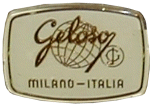 |
|
|
Italiano
|
||||
| The G3302 was a superetherodyne receiver for MW band employing two diodes and 7 germanium transistor: OC170 (AF116), OC169 (AF117), OC169 (AF117), OC75, OC75, OC74, OC74 e 2 x OA81. The antenna was wound on a ferrite core and the Intermediate Frequency was at 465 Kc, it was equipped with a Local/Remote switch to select the reception sensitivity and a headset jack in the back. Plastic case with transport handle and power supplied by: 4 x 1,5 V type C (R14) batteries. Dimensions: (W,H,D) 8.66 x 5.7 x 3.4 in. Weight: 1lb 14.688oz. The /P in the acronym meant "Portable" and the model differed from the normal 3302 in the addition of the carrying handle. © IK3HIA, 2006. |
|||||
|
|
|||||
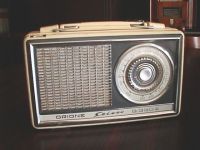 |
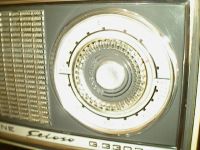 |
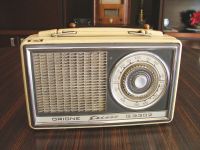 |
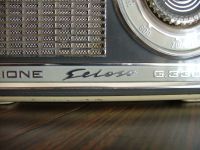 |
||
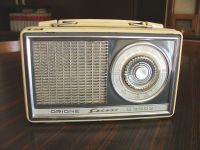 |
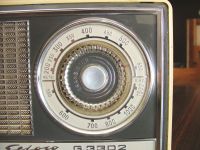 |
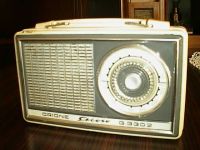 |
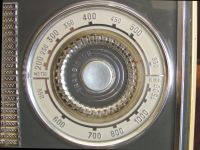 |
||
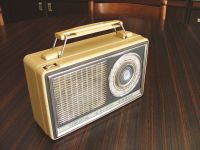 |
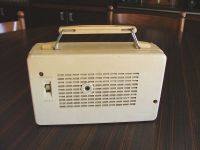 |
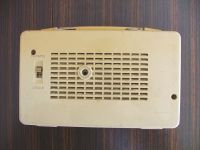 |
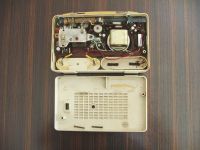 |
||
|
Il G3302 era un ricevitore supereterodina per la banda delle Onde Medie che utilizzava due diodi e 7 transistor al germanio: OC170 (AF116), OC169 (AF117), OC169 (AF117), OC75, OC75, OC74, OC74 e 2 x OA81. L'antenna era avvolta su nucleo di ferrite e la Media Frequenza risuonava a 465 Kc. La radio era dotato di interruttore Locale/Remoto per selezionare la sensibilitą in ricezione e di una presa per auricolare nella parte posteriore. Il mobiletto era in plastica con maniglia per il trasporto. L'alimentazione era fornita da 4 batterie da 1,5 V tipo C (mezza torcia o R14). le dimensioni erano: (L,A,P) 22x14,5x7,2 cm e il peso di 0,87 Kg. La /P nella sigla significava "Portatile" e il modello si differiva dalla normale 3302 per l'aggiunta della maniglia per il trasporto. © IK3HIA, 2006. |
|||||
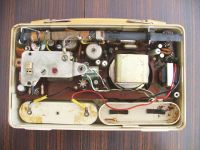 |
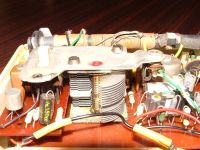 |
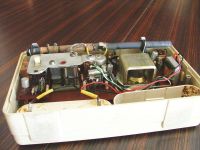 |
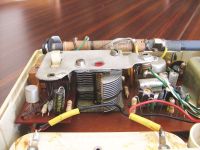 |
||
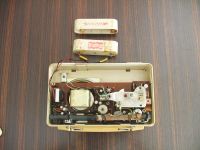 |
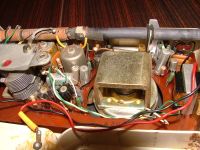 |
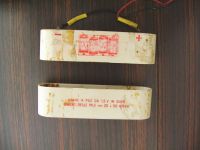 |
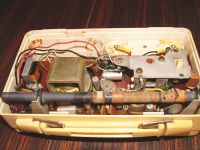 |
||
 |
 |
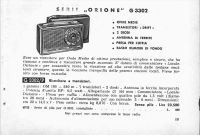 |
|||
|
Return to top of page
|
|||||
|
|
Return to: IK3HIA home page |
|
Return to: Transistor Radio |
|
Return to Geloso page |